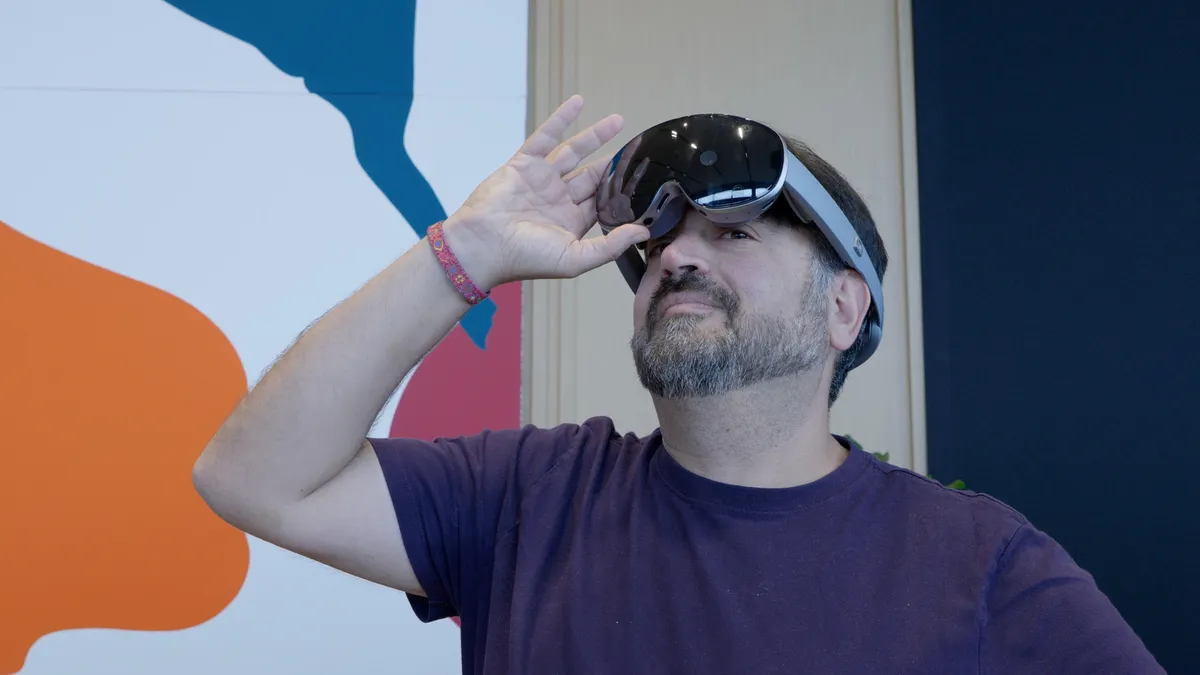Copyright Fast Company

All conversations in all conferences these days, business or technology related, immediately center on how AI in business is changing everything—transforming customer experience, unlocking productivity, reshaping entire industries, and more. The impact of AI is here and is just starting to be felt. But there’s a hard truth most organizations haven’t confronted: the AI economy is a high-speed bullet train trying to run on century-old freight tracks—massive, fast-moving, and impossible to slow down—and it’s on a collision course with the outdated architecture of the internet and cloud connectivity that businesses are relying on to fulfill their AI ambitions. The reasons for this and what we must urgently do to address them are outlined in my recent white paper. The cloud infrastructure that exists today—Cloud 1.0—was built on the back of the telephone network and the internet to form a layered system of physical infrastructure and routed networks that work together to handle SaaS and e-commerce applications—not for the industrial-scale AI “factories” now coming online. These factories rely on workloads and data sets that dwarf those of Cloud 1.0 and have different requirements: training and retraining models around the clock, handling AI inference in production, and moving petabytes—or even exabytes—of data across networks at speeds that push well beyond today’s public internet capabilities. For years, we’ve been forcing modern workloads into a “flat” internet architecture with no guaranteed bandwidth, no predictable latency, and no optimization for data-center-to-data-center traffic. It’s like that high-speed train on old tracks—you’ll never reach full speed, and the whole system will buckle under the strain. NEW PURPOSE-BUILT DATA CENTER MODEL OPTIMIZED FOR AI Our analysis, built on data from across the industry including from experts at 4MC and others, predicts that by 2028, the U.S. will see a tenfold increase in data-center capacity—much of it in rural and suburban corridors to where space, power, and even water is available. These facilities will demand high-capacity connections—400G and beyond—between enterprises, clouds, and partners. And here’s what should keep executives up at night: This expansion won’t unfold over decades, like past infrastructure cycles. It will happen very fast—over the next three to five years. By the time the choking bottlenecks are visible, it will be too late to fix them without costly disruption. The conclusion is unavoidable. The digital foundations we’ve relied on are reaching their breaking point. We must introduce a new network model to power the AI economy: enter Cloud 2.0. Cloud 2.0 is not just a bigger version of what we have—it’s a new infrastructure model designed for AI’s relentless demands, fusing enterprise core networking and cloud architecture into a single, high-performance, programmable fabric. In practice, that means dedicated bandwidth from premises to data centers and between clouds both public and private, with the ability to provision that bandwidth on demand and adjust it to the workload at hand. It means networking that adapts easily to AI inference in production and training, for low latency and large scale, at the edge and the core. It means replacing the “flat” internet model with a purpose-built data center interconnect core optimized for AI. And it means integrating public and private cloud environments seamlessly, with security built in from the start. Think of Cloud 2.0 as a frictionless, high-velocity data transport system that blurs the boundaries between cities—collapsing distance, compressing time, and connecting economies at the speed of innovation. This is the foundation on which every AI-enabled business will run. Without it, your AI initiatives will chug along when they should rocket down more modern infrastructure. And this is not a problem to delegate entirely to IT. Your infrastructure strategy that unlocks performance and efficiency will determine your AI competitiveness. Leaders will design for Cloud 2.0 now, ensuring they can scale without performance or cost penalties. Laggards will discover too late that their architecture is the bottleneck. advertisement SEIZE THE DAY: INVEST IN CLOUD 2.0 NOW The implications are profound. Your location strategy will shift as workloads move dynamically to where GPU, compute, and storage capacity are available. Your compliance requirements will demand that certain data stay local. Your talent model will need to evolve from static networking to programmable fabrics and workload mobility. At Lumen, we’re investing aggressively, expanding our intercity fiber network from 17 million fiber miles with plans to reach 47 million by 2028, densifying metro fiber in key corridors and partnering with hyperscalers and data-center operators to build Cloud 2.0. But no single provider can solve this alone. Industry, enterprises, and policymakers all have a stake in ensuring the backbone for the AI economy gets built in time. History teaches us this lesson. In every market shift, those who act before the tipping point seize the advantage. The AI economy is moving too fast to stop. The only option is to steer it onto faster, smarter, and safer tracks with Cloud 2.0 connectivity.



